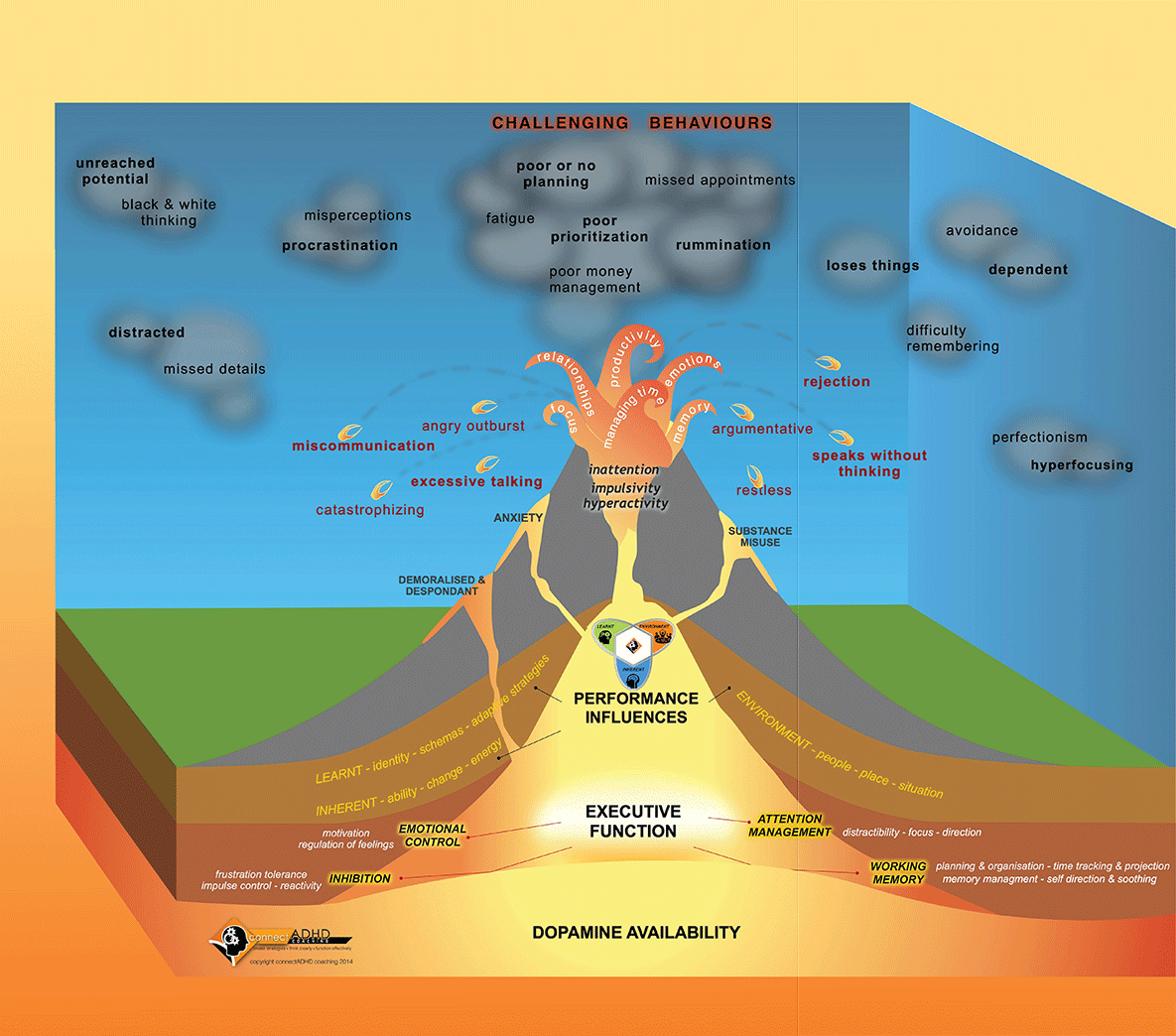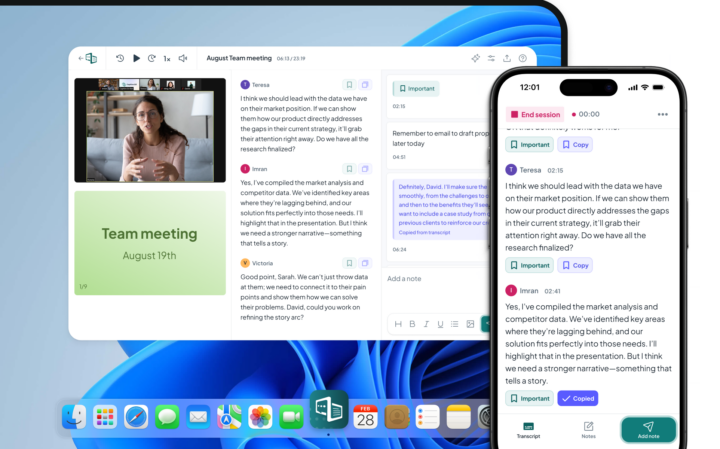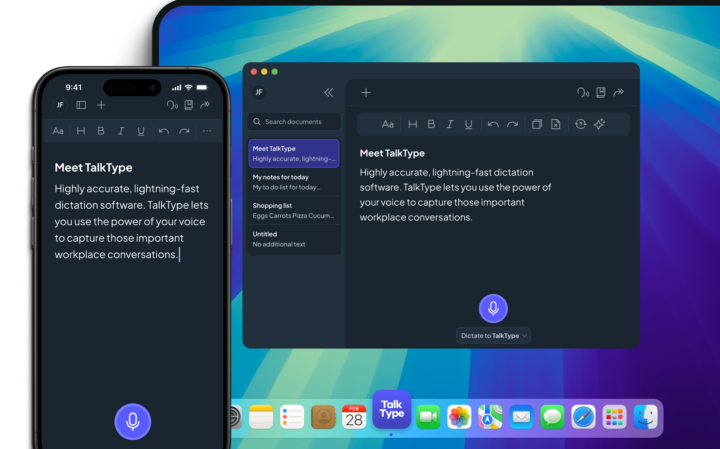Preventative Measures for ADHD Meltdowns
There are also steps that can be taken to reduce the frequency and intensity of ADHD meltdowns, such as maintaining routines and developing communication skills.
Mindfulness and Routine
Mindfulness and a steady routine can help reduce the frequency and intensity of ADHD meltdowns by providing stability and lowering stress. Mindfulness techniques, like deep breathing, meditation, and staying present in the moment, can make it easier to manage emotions before they become overwhelming. Regular practice can improve self-awareness and create a sense of calm, making it less likely for emotions to spiral out of control.
Having a structured daily routine also brings a sense of predictability, which can be particularly helpful for people with ADHD. A consistent schedule reduces uncertainty and makes it easier to manage time and tasks. Simple habits, such as waking up and going to bed at the same time each day, using planners or visual schedules, and setting reminders, can make daily life feel more manageable and less stressful.
Communication and Interpersonal Skills
Good communication and social skills can make a big difference in reducing misunderstandings and frustration, which can sometimes lead to meltdowns. ADHD can make it tricky to stay focused in conversations, pick up on social cues, or express thoughts clearly, which might lead to confusion or conflict. Practising active listening, using simple and direct language, and being aware of emotions—both personal and in others—can help make social interactions smoother.
It can also be useful to work on self-advocacy and assertiveness, so needs and feelings are expressed in a way that others understand. Feeling heard and understood can lower frustration and make interactions less stressful. Social skills training, role-playing, or therapy (such as cognitive behavioural therapy) can provide practical strategies for improving communication and building stronger relationships.
Importance of Physical Activity and Sleep
Regular movement and good sleep habits can play a big role in managing ADHD and reducing the chances of meltdowns. Exercise, whether it’s playing a sport, going for a walk, or doing something fun like dancing, helps balance brain chemicals that affect mood, focus, and impulse control. It’s also a great way to release excess energy and ease stress, making it easier to stay calm and focused throughout the day.
Sleep is just as important, but ADHD can sometimes make it difficult to get enough rest. Poor sleep can lead to low energy, irritability, and trouble managing emotions, which can make meltdowns more likely. Sticking to a consistent bedtime, reducing screen time before sleep, and creating a relaxing evening routine can help improve sleep quality. Getting enough rest supports better focus, emotional balance, and overall well-being, making it easier to handle daily challenges.






